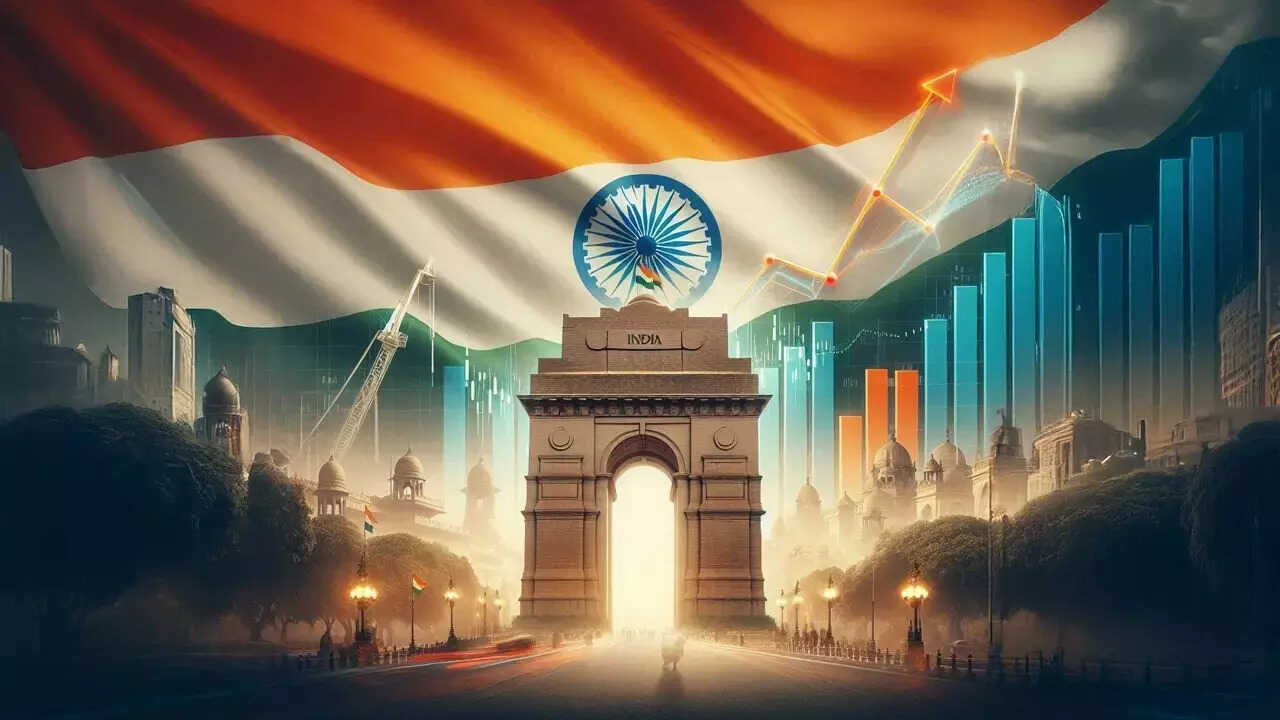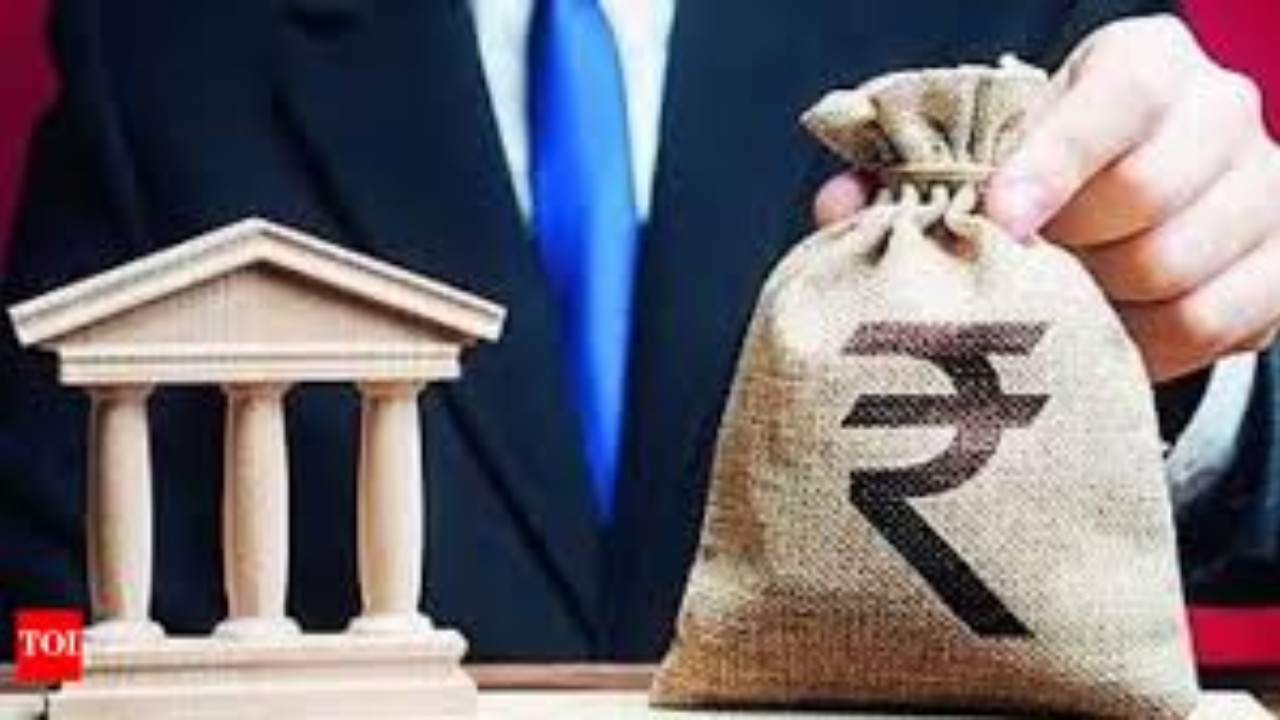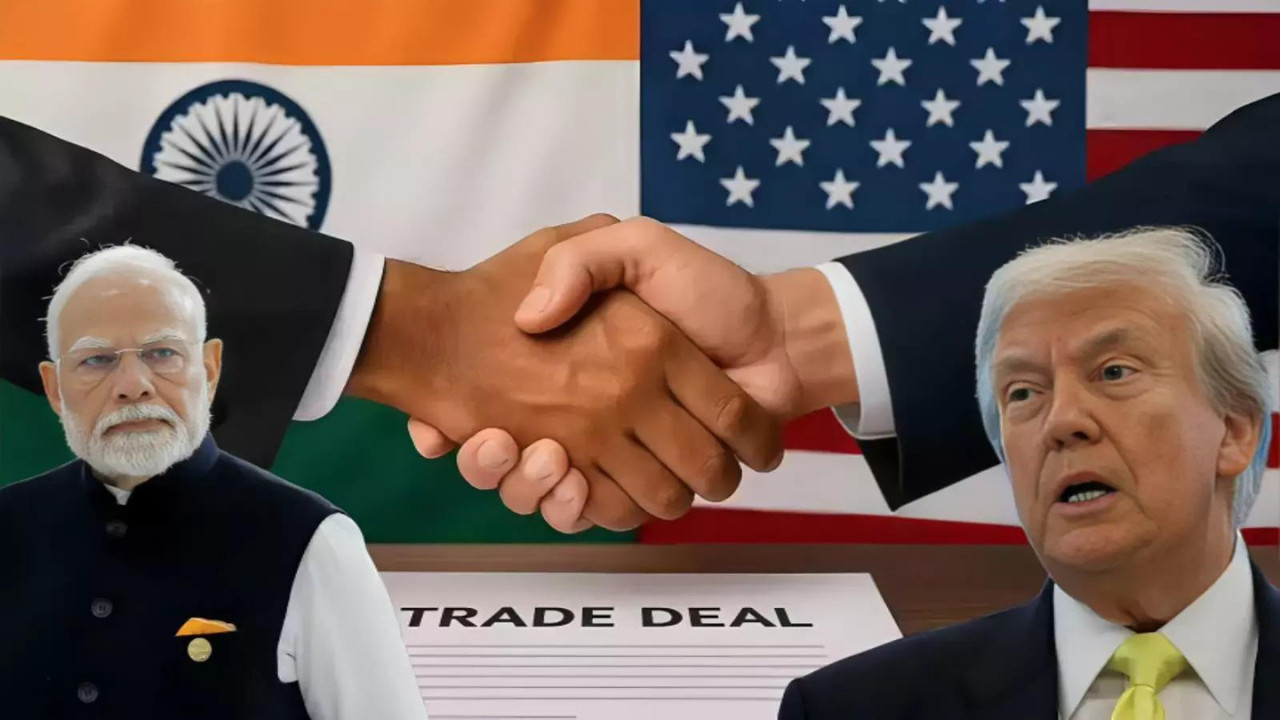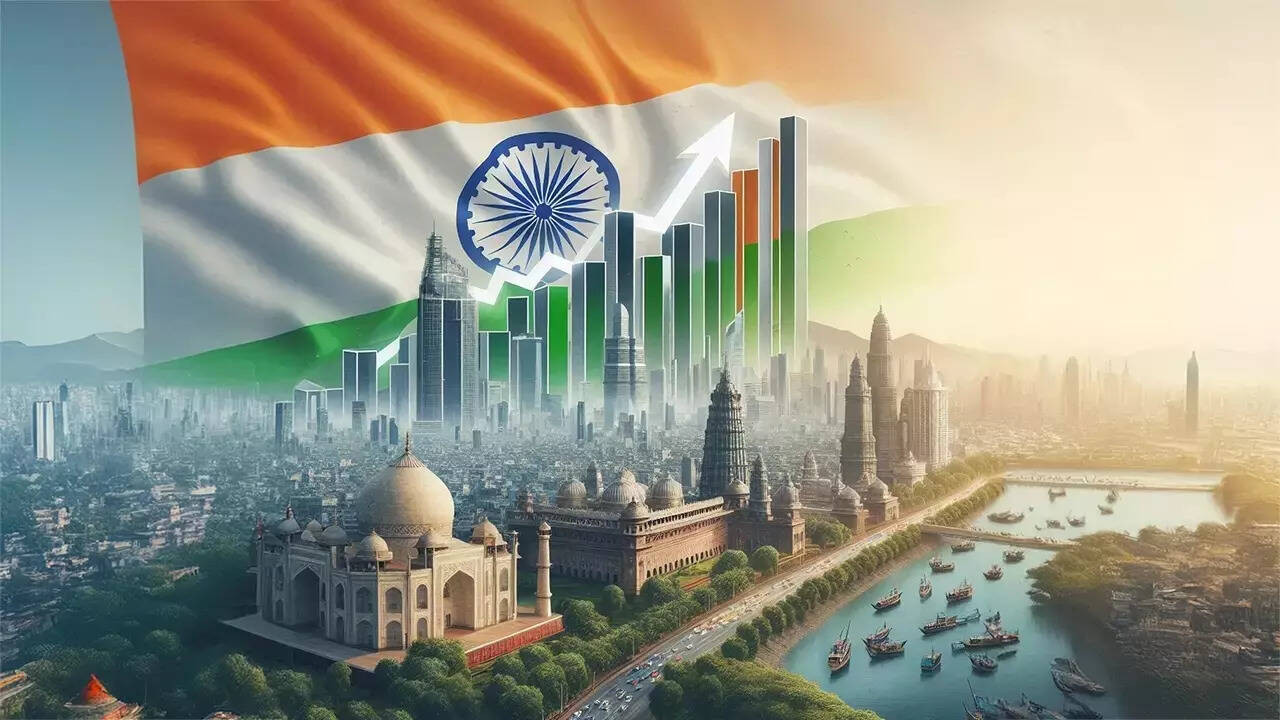The Nuclear Poker Game: Where Does India Stand in the Global Power Play?
We live in a world where the hum of peaceful energy often gets overshadowed by the potential for unimaginable destruction. I’m talking, of course, about nuclear power, that fascinating and frightening double-edged sword. Recently, I stumbled across some interesting figures painting a picture of the global nuclear landscape, and it really got me thinking about where things stand and what it all means.
Forget the doomsday scenarios for a moment, because nuclear power isn’t just about weapons. It’s about energy independence, technological prowess, and a seat at the table in a complex global chess game. And when it comes to the nuclear club, the players aren’t exactly keeping their cards hidden, but the stakes are constantly being re-evaluated.
The usual suspects dominate, naturally. The United States and Russia, legacies of the Cold War, still hold the lion’s share of nuclear warheads, chillingly holding enough firepower to essentially reset civilization. Russia, reportedly, has the largest stockpile, a stark reminder of its assertive foreign policy. America, not far behind, maintains its arsenal as a deterrent, a promise of mutually assured destruction that, hopefully, remains just that: a promise.
China, however, is the player that’s been quietly, but steadily, amping up its game. While their official numbers are significantly lower than the US and Russia, the trend is upwards. What makes China’s build-up particularly interesting is the opacity surrounding it. Their strategic intentions are debated endlessly in think tanks and government circles, adding another layer of complexity to the existing global power dynamic. Are they aiming for parity with the superpowers? Or are they pursuing a more limited, regional dominance? Your guess is as good as mine, but their actions certainly warrant close observation.
Then you have the UK and France, established members of the nuclear club, clinging to their independent deterrents, largely focused on submarine-launched ballistic missiles. For these European powers, nuclear capabilities represent not just security, but also prestige – a symbol of continued influence on the world stage in a rapidly changing international order.
Now, let’s talk about India. Often overshadowed by its larger neighbors and global superpowers, India has quietly built a credible nuclear arsenal, a direct response to regional security concerns, most notably its relationship with Pakistan. The data shows India possesses a significantly smaller arsenal than China. Yet, in the context of South Asia, it’s a crucial piece of the puzzle.
And speaking of Pakistan, the rivalry between these two nations gives a razor’s edge to the nuclear debate in the region. Both countries maintain a ‘no first use’ policy (at least officially), but the inherent instability of their relationship, coupled with the potential for miscalculation, keeps the international community on edge. India reportedly has more warheads than Pakistan which in itself can be considered an important fact to be aware of.
Israel, of course, is the elephant in the room, maintaining a policy of “nuclear ambiguity.” They neither confirm nor deny possessing nuclear weapons, a strategy that has served them well in a turbulent region. The general consensus, however, is that they do, in fact, possess a considerable arsenal, adding another layer of complexity to the already fraught geopolitics of the Middle East.
So, what does all this mean? Are we teetering on the brink of nuclear annihilation? I don’t think so. But it does highlight the continued relevance of nuclear weapons in the 21st century. They’re not just relics of the Cold War; they’re active instruments of foreign policy, used to project power, deter aggression, and secure national interests.
And where does India fit in? Well, it’s clear that India is a serious player in this game. Its nuclear program, while smaller than some, is a testament to its technological capabilities and its determination to safeguard its national security. It’s a complex and often uncomfortable reality, but it’s one we need to understand.
The world is changing rapidly, and the nuclear landscape is shifting along with it. New technologies, evolving geopolitical alliances, and the ever-present threat of proliferation mean that the nuclear poker game will continue, with ever-higher stakes. It’s a game we can’t afford to lose, and understanding the players and their hands is the first step in ensuring a safer, more stable future. The challenge, as always, lies in turning a potential weapon of destruction into a tool for peace and stability. A lofty goal, perhaps, but one worth striving for.







